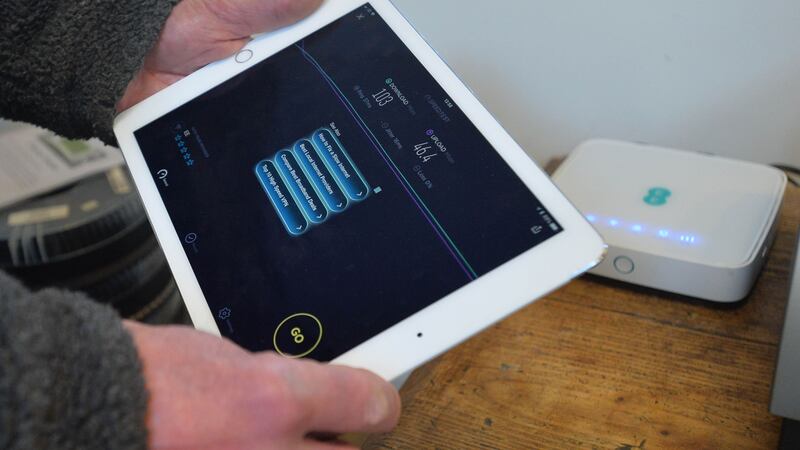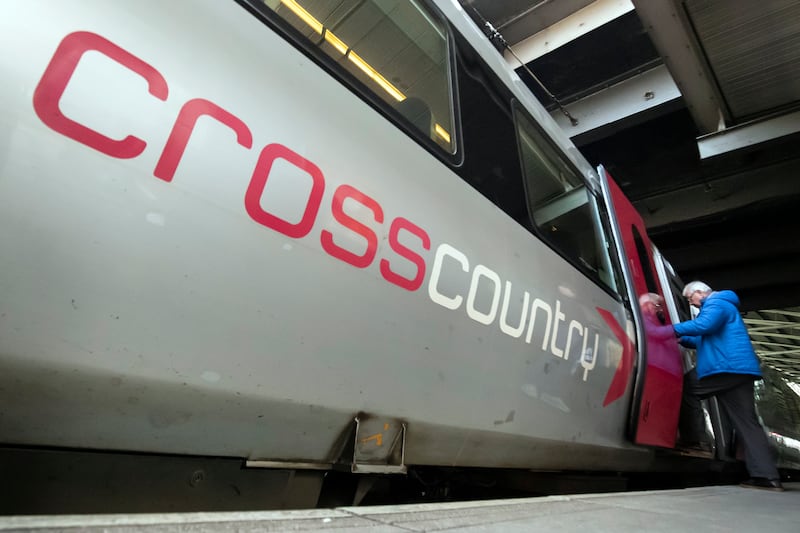Housing developers must reassure buyers that their new home will have a digital connection “fit for the 21st century” before completion, council leaders have said.
The Local Government Association (LGA) said developers must adopt council proposals for a new Fibre to the Premises Kitemark alongside their obligation to connect water and electricity before a property is sold.
Fibre to the Premises connectivity (also known as FTTP), where optical fibre is run all the way through to the premises, typically provides download speeds of up to 1Gbps as well as high upload speeds.
Analysis by the thinkbroadband comparison site suggests that just 32% of properties built in rural England last year are connected by FTTP broadband, while 17% are unable to achieve the Government’s broadband universal service obligation’s minimum download speed of 10Mbps and upload speed of 1Mbps which it aims to deliver by 2020.
Mark Hawthorne, chairman of the LGA’s People and Places Board, said: “Connecting our rural residents to future-proofed, fast and reliable broadband is vital to helping them get on in life and benefit from the advantages that decent digital connectivity can bring.
“The standard of digital connectivity we provide to our new-build homes should reflect our national ambition to roll out world-class digital infrastructure across the country.
“Residents will no longer tolerate digital connectivity taking a back seat in developers’ plans.
“We call on the Government, homebuilders and the broadband industry to work with us and develop the details of this proposal and give homebuyers the confidence to invest in a new home, knowing they won’t be stuck in the digital slow lane.”








